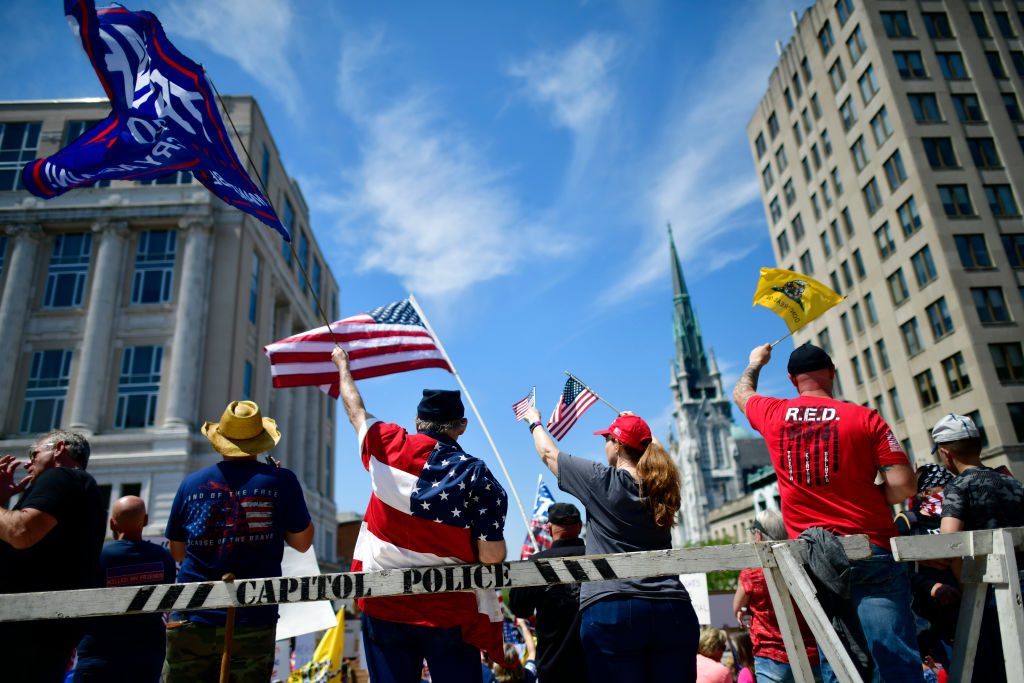The Tea Party Returns, Departs

Over at National Review, Rich Lowry has some fun with those trads who spent months banging on about the common good only to suddenly morph into—perish the thought!—libertarians the moment they were asked to wear masks. This he diagnoses as part of a broader trend. The conservative movement, he thinks, is partying like it’s 2009:
What’s happened during the lockdowns is that the natural distrust that populists have of experts has expressed itself in opposition to government rules. Being told what to do by epidemiologists and government officials wielding all-caps SCIENCE as their authority has been enough to bring Tea Party–era liberty back in vogue.
We’ve also seen a return of the glue that has held moral traditionalists and libertarians together in the conservative coalition for so long — the belief that big government is a threat to traditional institutions. Hence, the focus on resuming church services.
Certainly if anything can cement the bonds between the God and freedom crowds (but I repeat myself), it’s a government shutting down churches. The Tea Party was always more fusionist than libertarian: polls found that its members’ biggest commonality was their Christianity, not any political position. So it makes sense that the pandemic has sent conservatives back in that direction. Just don’t expect them to stay there for long.
The reason is that the liberty gene tends to dominate on the right only when government abuses are visceral, when they exact a direct toll on lives and pocketbooks. This is why the Tea Party grew into a serious national force during the Obamacare debate. Protesters—not all of whom were Republicans—were worried that the government would ruin their health insurance and medical care. Now, lockdown restrictions are destroying jobs and closing businesses, restricting beloved activities like eating out and fishing. The pain is stark. People feel tread on, and so out come the Gadsden Flags. (We might add that the left is in a sort-of-libertarian mood, too, furious over government bullies in Minneapolis who infringed on a man’s constitutional rights and then some.)
That being said, the lockdown rules will eventually lift. The bloodcurdling George Floyd video will fall from the news cycle. Government will continue to overspend, but funded through borrowing, which minimizes the toll on taxpayers, at least in the short term. The military will continue to overstretch, but with relatively few casualties or gory battles, its tool of choice the pilotless drone. The NSA will continue to pummel the Fourth Amendment into hash browns, but operating always in the background, invisible to most. The threat to liberty will come to feel abstract once again. And when it does, the tricornered hats will likely go back on the shelf.
It is possible that a Joe Biden presidency could trigger another Tea Party revolt, especially if he pushes hard on guns or health care. But even then, we can’t discount all the change that the right has undergone during the age of Trump. It isn’t as much as some claim, but it’s still significant. Issues like trade and tech loom larger than they used to, and on both, government is viewed more as a tool to be wielded than a danger to be restrained. That isn’t all going to disappear overnight, even if deficits suddenly become Democrat deficits again.
Comments